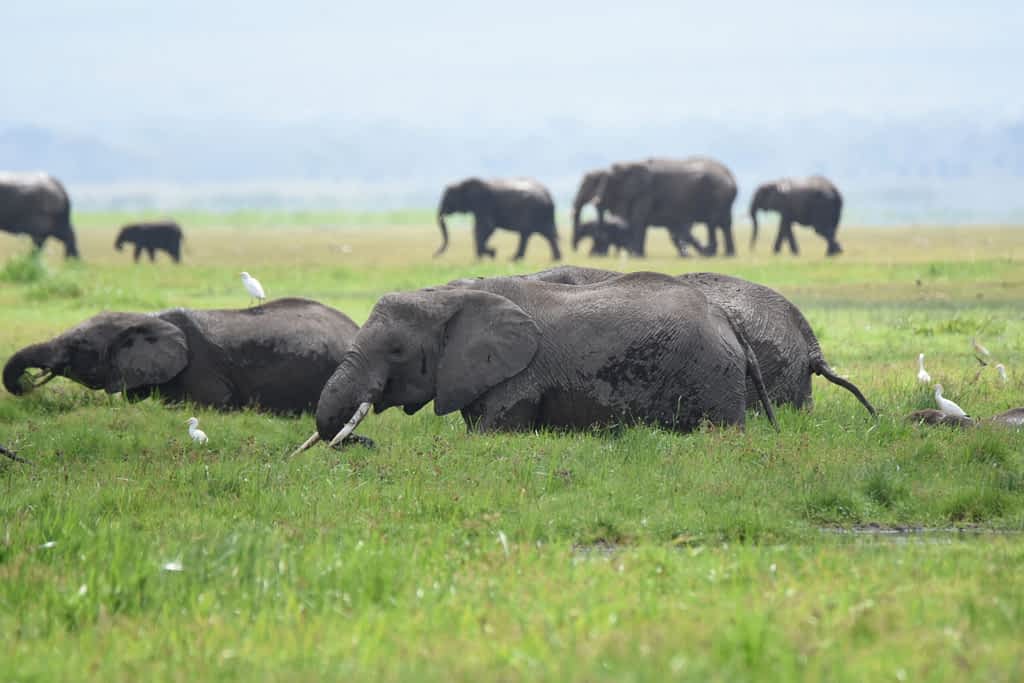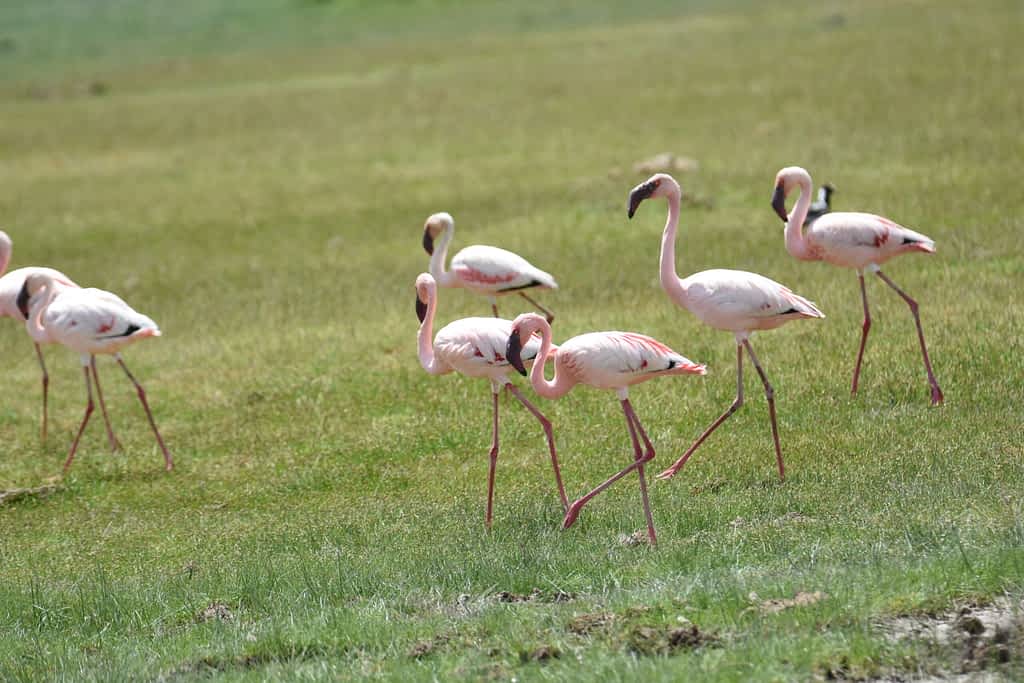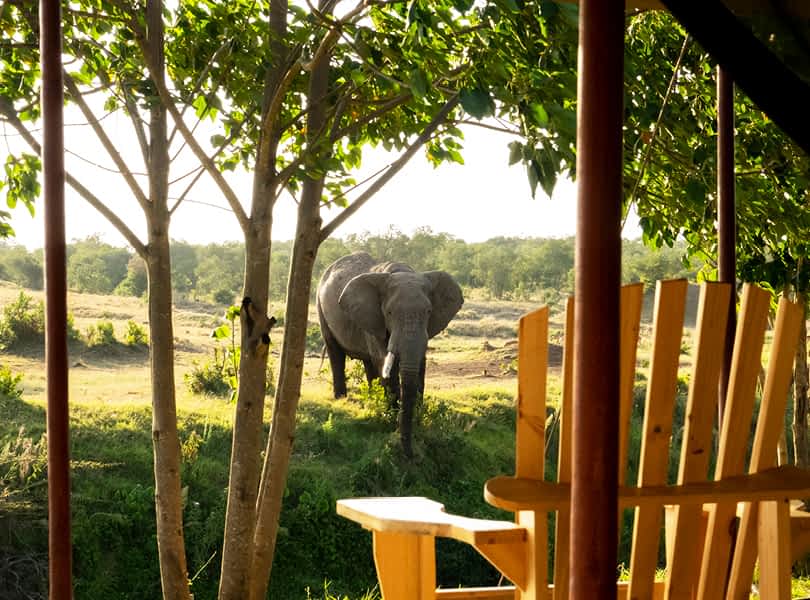
Iconic Wildlife And Towering Views Of Mount Kilimanjaro
Located in southern Kenya, Amboseli National Park is one of Africa’s most iconic safari destinations. Spanning 392 square kilometers, it is renowned for its breathtaking views of Mount Kilimanjaro and thriving elephant populations. Known as the “Land of Giants,” Amboseli offers a unique blend of stunning landscapes, abundant wildlife, and cultural experiences.
Why Visit Amboseli National Park?
Amboseli’s exceptional wildlife, dramatic scenery, and unique features make it a standout safari destination:
- Elephant Herds: Amboseli is famous for its large herds of elephants, many of which are known for their impressive tusks.
- Unmatched Kilimanjaro Views: The park provides spectauclar views of Mount Kilimanjaro, Africa’s tallest mountain.
- Diverse Wildlife: Amboseli is home to lions, cheetahs, hyenas, giraffes, zebras, wildebeests, and over 400 bird species. Its wetlands and swamps attract a wide variety of animals, particularly during the dry season.
- Varied Landscapes: The park’s habitats include open savannahs, acacia woodlands, marshes, and dry lakebeds, creating a strikingly diverse environment for wildlife.
Activities in Amboseli National Park
- Game Drives: Explore Amboseli’s stunning landscapes to encounter its diverse wildlife, including close-up sightings of elephants and big cats.
- Hot Air Balloon Safaris: Experience the park from above during a sunrise balloon ride, offering breathtaking views of Amboseli’s plains and the towering Mount Kilimanjaro.
- Observation Hill: Climb this popular vantage point for panoramic views of Amboseli’s landscapes, swamps, and the majestic backdrop of Kilimanjaro.
- Cultural Visits: Engage with the local Maasai community to learn about their vibrant traditions and harmonious coexistence with wildlife.
Best Time to Visit Amboseli National Park
Amboseli offers incredible wildlife and scenery throughout the year, but the experience changes with the seasons:
- (January to February) During this time, there is usually little to no rainfall, and wildlife congregates around the watering holes making it easier for safari goers to spot them during game drives. There is also less vegetation
- Green Season (April to May) fewer sunshine hours., rainfall and taller grass may make wildlife sightings more challenging, this period offers quieter properties and significantly lower accommodation prices. Safari roads can become boggy due to the long rains, potentially impacting vehicle and walking safaris. Despite the rain, April offers incredible opportunities for wildlife and landscape photography, thanks to verdant vegetation and dramatic skies.
- Dry Season (June to October): The best time for wildlife viewing as animals gather around water sources, and clear skies offer uninterrupted views of Mount Kilimanjaro.
- (November and December) Short Rains



















